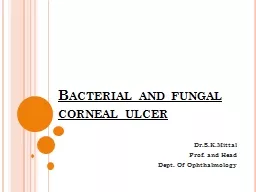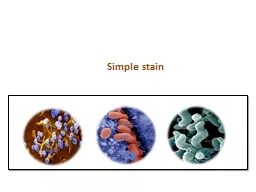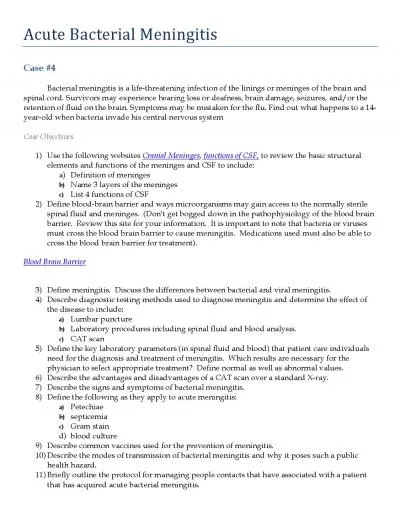PPT-General Bacterial Cell Structure
Author : SunshineSmile | Published Date : 2022-08-04
LecNo2 Dr Oruba Cellular Organelles 1 Ribosomes These are 18 nm particles which are scattered in thousands of them in the cytoplasm Each particle unit is
Presentation Embed Code
Download Presentation
Download Presentation The PPT/PDF document "General Bacterial Cell Structure" is the property of its rightful owner. Permission is granted to download and print the materials on this website for personal, non-commercial use only, and to display it on your personal computer provided you do not modify the materials and that you retain all copyright notices contained in the materials. By downloading content from our website, you accept the terms of this agreement.
General Bacterial Cell Structure: Transcript
Download Rules Of Document
"General Bacterial Cell Structure"The content belongs to its owner. You may download and print it for personal use, without modification, and keep all copyright notices. By downloading, you agree to these terms.
Related Documents














